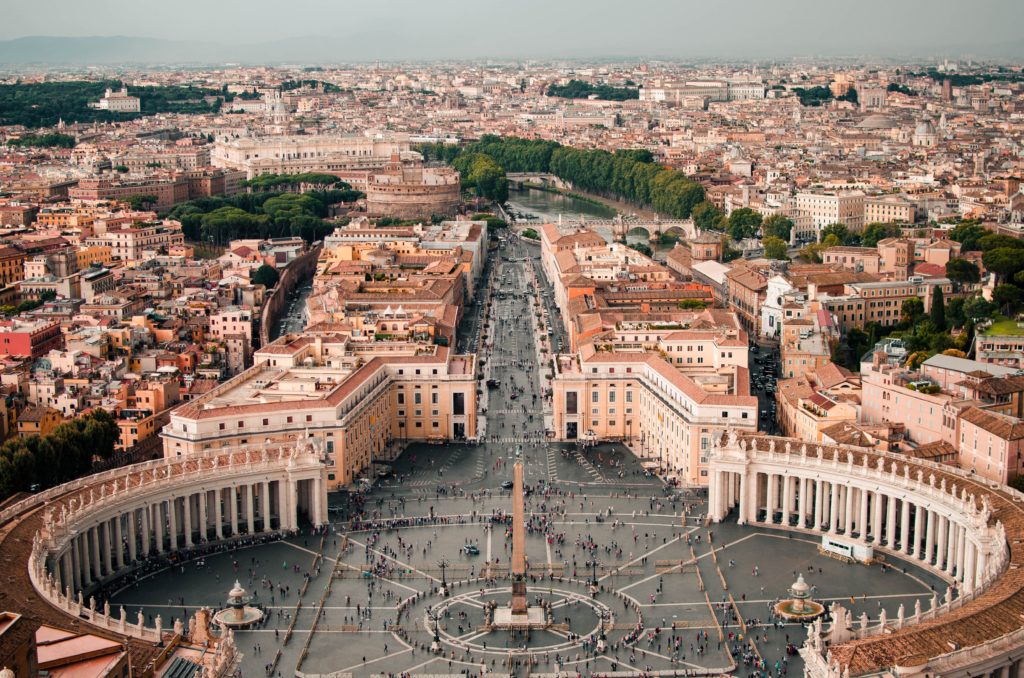
The next country on your visit list is Italy? We have all the information you need to apply for an Italian Schengen visa. Almost 60 million people visit Italy each year. Reading this, you and or your loved ones may be planning a visit too.
If you are visiting Italy, you should check out the Colosseum. Italy is blessed with beautiful national parks. The alpine regions have beautiful lakes that attracts tourists yearly. And not that only, tourists can visit St Mark’s Basilica. Florence is where you will find Renaissance work or Arts. At the Vatican you will find most of the world’s arts collectibles

In order to gain entry to Italy, citizens of many countries will be required to get an Italian Schengen visa, whether the purpose of travelling is for tourism or short visit. If you intend to visit Italy for less than three months, you should find out if you need an Italian Schengen visa.
Italian Schengen Visa for a Tourist or Visitor
When you apply for an Italian Schengen Tourist visa, you will be able to visit Italy as well as other Schengen member countries. You should be aware that Schengen visa for tourism or visiting family and friends only serve the purpose for which it is named. You can use it only for traveling and sightseeing in the Schengen area, not for work or study.
Citizens of countries that can enter Italy visa free
If you fall among citizens of the categories of nations below, then you do not need a visa in order to enter Italy:
- You are a citizen of the Schengen Area
- You are a citizen of one of the countries that have established visa-free regime with the Schengen states (Note you will need to apply for ETIAS starts 2021)
- You are currently in the Schengen
Zone with:
- a Schengen Visa valid for the whole Schengen territory
- a National Visa issued by one of the member states
- a Permanent residency of one of the member states
Citizens of countries that need a visa to enter Italy
If you fall among citizens of the categories of nations below, then you do need a visa in order to enter Italy:
- You do not have a visa liberalization agreement with the Schengen member states
You can find list of countries who need a Schengen visa here
Requirements for Italian Schengen Tourist or Visitor Visa
In order to process your Schengen tourist or visitor visa to Italy, you will need the following documents:
- Application form completed in English or Italian
- 2 passport size photographs
- Valid national passport
- Personal bank statements for the last three months
- Schengen Travel Insurance.
- Proof of accommodation.
- Proof of flight reservation
- Proof of financial means. This may be:
- A bank statement not older than three months or
- A letter of sponsorship by another person
- Leave letter from your company (if employed)
- No-objection certificate.
- If you are a student, your school or university should issue this certificate to you.
- If you are an employee, your employer or the company where you work at should issue this letter to you.
- If you are not a student and you do not work either, this certificate is not required.
- A Cover Letter explaining the reason why you wish to visit Italy and for how long you will stay.
- Proof of civil status. That could be a marriage certificate, birth certificate of children, death certificate of spouse, ration card (if applicable), etc.
- Your driver’s license and/or utility bill in your name. This is required as proof of residence in the consular where you plan to apply for the visa
- For minors:
- If travelling unaccompanied by
parent (s), consent letter signed by both parents
- Form signed by both parents
- Copy of the parent(s)’ passports data page
- If travelling unaccompanied by
Where and when to apply for an Italian Schengen Visa for a Tourist/Visitor
If in the course of your planned travel, Italy will be your only or main country of visit in the Schengen area, then you can apply for your tourist or visitor visa at the Italian consulate or embassy in your country. Some countries also have visa centres where you can apply for the visa.
If you only intend to visit Italy as part of your tour in the Schengen areas, then you will have to apply for visa at the embassy of the country of your main destination during your Schengen tour.
You can apply for an Italian Schengen tourist or visitor visa not more than three months prior to your visit and not later than two weeks before your visit. The maximum number of stay in a Schengen area is 90 days and it is subject to consulate approval.

Pingback: 7 Luxurious Hotels in Rome - EU Traverse
Pingback: Ten Beautiful Cities to Visit in Italy - EU Traverse
Pingback: MSC Magnifica Has Resumed Sailing for MSC Cruises - EU Traverse